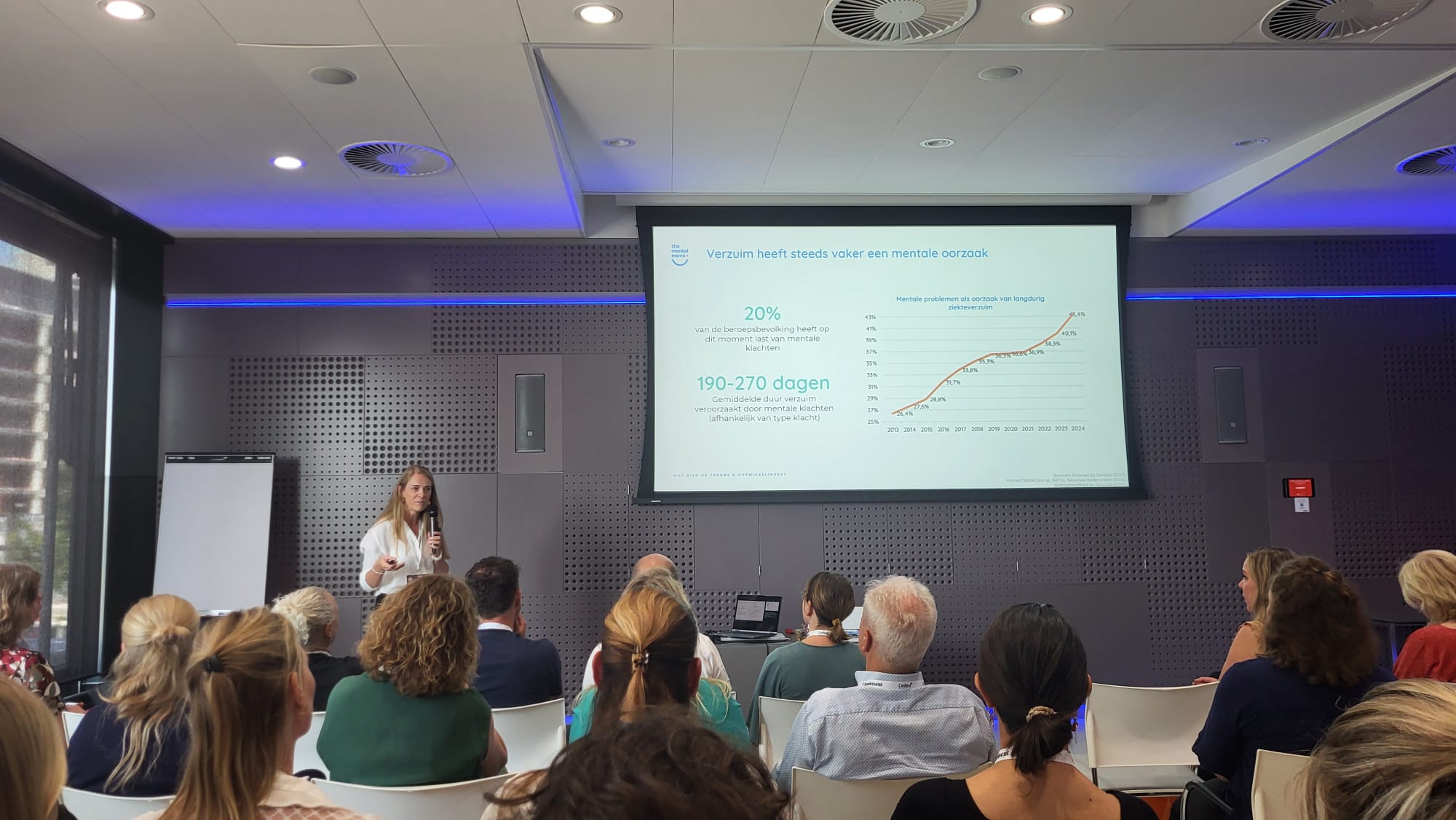“Wouldn’t it be a good idea to start with a few hours of work next week?” the occupational physician asked. Our client looked at me wide-eyed after the conversation. “But I’m still not sleeping well, and I already struggle with simple tasks at home. How can I go back to work?”
As psychologists, we see this situation regularly: a return-to-work recommendation that seems appropriate on paper – and is often carefully considered – still feels emotionally or mentally too soon for the client.
There’s a gap between what seems technically possible and what someone can handle subjectively. That’s exactly where our focus lies as therapists.
Often, the client is still in a vulnerable phase. The symptoms may have slightly improved, but stress resilience and energy levels are still fragile. Together, we explore what is helpful at that moment: establishing structure, practicing small steps in increasing load, and identifying limiting thoughts. Sometimes, there’s fear of relapse or shame about returning to work. That, too, is part of the process.
We explain that recovery is not a straight line. Trying something is valuable, but it’s also important to take internal signals seriously. In practice, we work with the client to create a plan. What could be a first safe step? How can we ensure it doesn’t feel like being thrown in at the deep end? And if not, is there room for a “return-to-return-to-work” phase?
In this stage, coordination with the occupational physician is essential. We share where the client truly stands – not just in terms of symptoms, but also in capacity, motivation, and self-image. Even a small difference in timing or how advice is phrased can significantly affect how it’s experienced.
In our experience, occupational physicians are often highly attuned to the balance between activation and protection. And still, this phase may call for a bit more patience, nuance, or preparation. Not because we want to delay return to work – quite the opposite – but because we want it to succeed.
Ultimately, we all want the same thing: a sustainable and realistic return to work. The better we align on timing, capacity, and psychological recovery, the greater the chance that it truly fits the client. And that’s what we’re all working toward.
